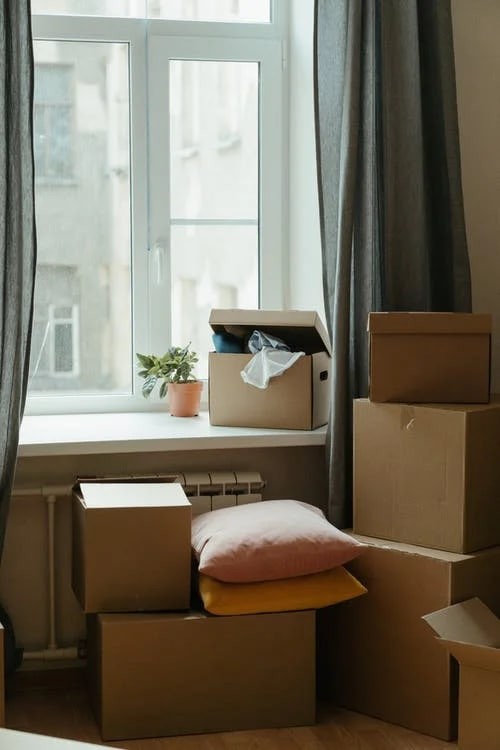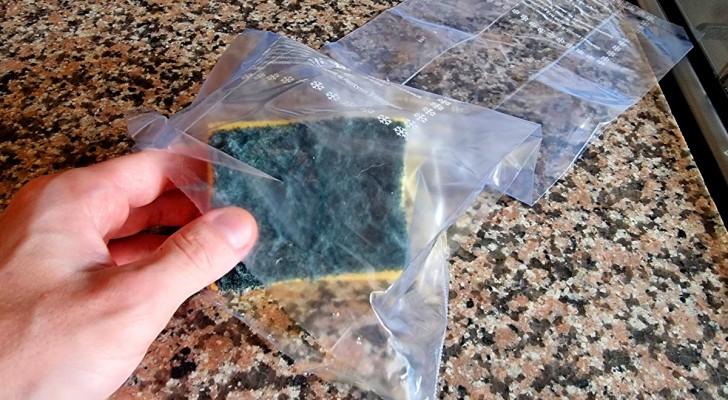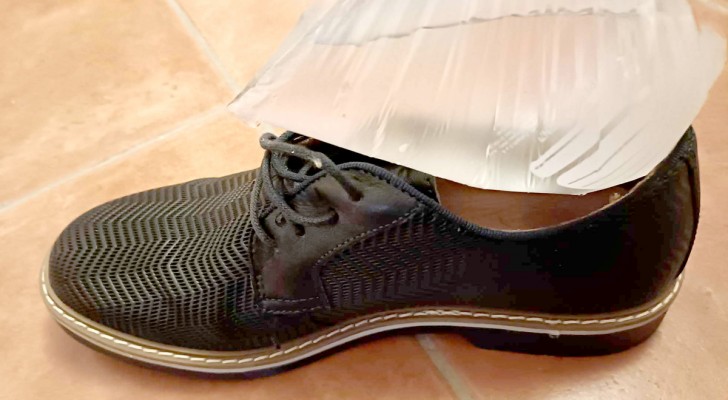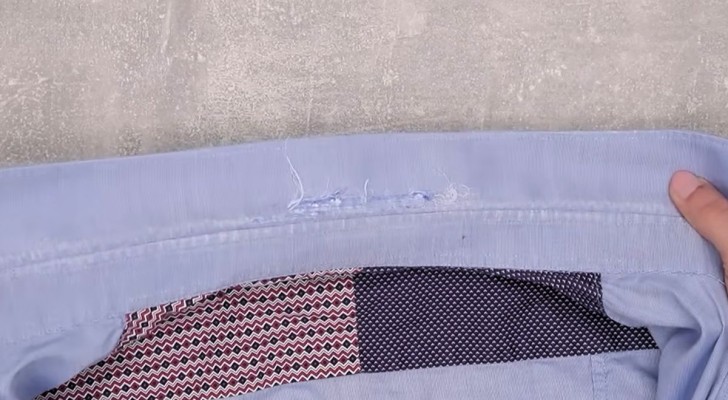Moving day? Help yourself with 5 tips to avoid stress and future problems

Moving is a long, complex operation and is capable of causing a lot of stress - especially if it is not handled in the right way. At the root of everything done properly, there is an excellent plan, of course: but what does "an excellent plan" consist of? This changes a bit for everyone, and is based on the size of the move itself, but one thing is almost always certain: you need to prepare an excellent inventory that will keep track of everything you have (or are packing up).
If is done in time and in a systematic way, preparing an inventory takes very little effort, and it becomes a great tool for facilitating the move. Read on to find out more:

An inventory is not only useful for moving the boxes, but also helps in the event of loss or damage to objects that are moved from one house to another, especially if insurance of some kind is involved.
Often, then, the companies we rely on indicate everything that they load onto the means of transport, but they cannot know what is inside each box. For this reason, it is always necessary to have a detailed and precise inventory to guide you in during every phase of the move.
1. Photos or videos
You can photograph what you put in each box or even make videos where you place the objects, and these will be valuable companions to the written list (in any format) - as well as a proof of the condition of the objects. There are also those who advise, wherever possible, to specify the cost of the objects and their date of purchase - useful for when the goods must be insured.
2. Copies of important documents
Just as in air travel, there are objects that we would never, ever like to lose. In the case of moving, we should keep important documents with us (notarial deeds, civil deeds, birth certificates and the like). But it is also a good idea to make a copy of all of these (digital if possible, but photocopies will suffice), which can then be packed with the rest of the things to be moved.

3. Use whatever lists you have previously compiled (if any)
If you have happened to move before - or for any reason you have kept track of important purchases - compare these lists with the one you are now making for the current move. In addition to the date and price of the items, also note any serial numbers that identify them as unique pieces.
4. Don't neglect less important items of clothing and other items
When making a photographic inventory, don't overlook anything - or at least, just leave out things that you really don't care about. This is also useful for finding any objects that are momentarily mislaid during a move by the company in charge.

5. Make a copy of the inventory
Or make even more than one. Just like the important documents mentioned above, the inventory should not be at risk of being lost at any time. For documents written by hand, scan them or take photos of them and maybe upload them to a flash drive or an online storage service (cloud). Also make copies that can be kept safe by friends or relatives until the move is completed.
By keeping a detailed inventory (including box numbers linked to contents), you are guarenteed to have a relocation experience which will be as stress-free as possible.





